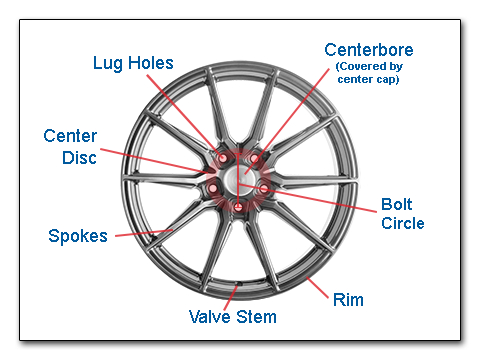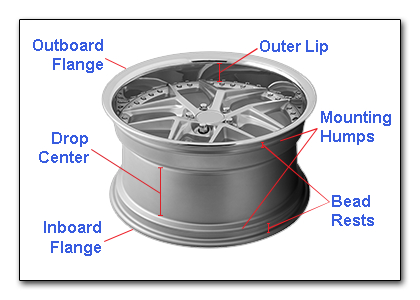What is the New Tire Fee and Why and I Being Charged This Fee?
- The New Tire Fee is a fee imposed by certain States that require resellers of New Tires to collect this fee from their consumers for each new tire purchased. Once collected from the consumer, the funds will be dispersed to each State's governing body that manages the New Tire Fees.
- Depending on the State, these fees may be called something slightly different, but they serve the same purpose, to promote activities or develop technologies for tire recycling. Due to the nature and functionality of tires, they are built to last a long time on the roads and degrade very slowly. Unfortunately, when a tire is replaced, the process of recycling/disposing the tire is not very simple and takes a long time. The funds from these fees are mainly used to research and develop better and more environmentally friendly methods of recycling/disposing of used tires.
- The amount of the New Tire Fee depends on the state in which the consumer is purchasing from and will be displayed in the checkout page. The New Tire Fee is calculated for EACH tire purchased.
- Please visit each State's department of taxation and fees to learn more about the New Tire Fee for that State



